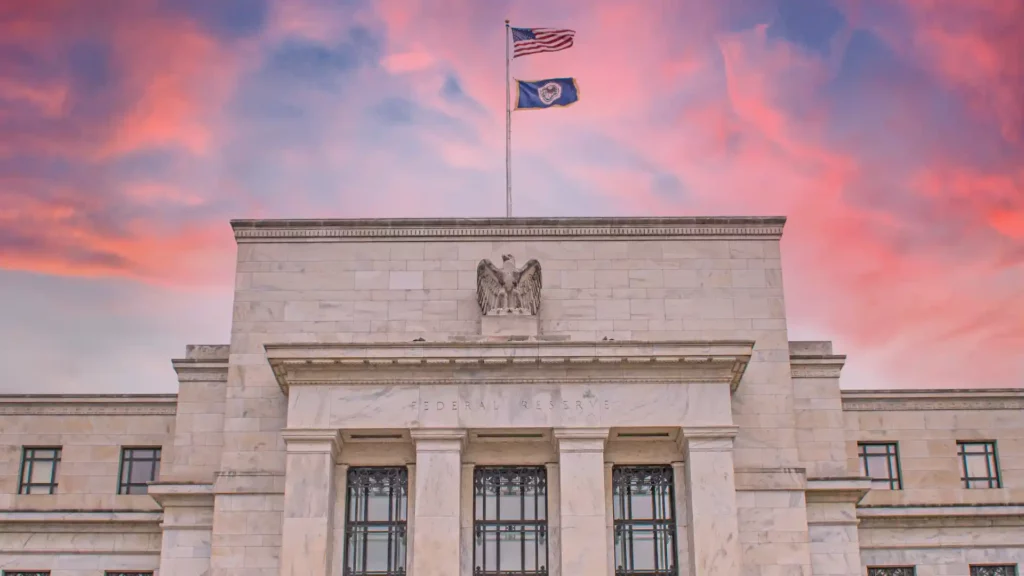The biggest banks in the country have passed the stress test in recent years, usually with a substantial margin, which raises concerns about their efficacy and motivation.
The Federal Reserve’s annual “stress tests,” which are meant to reassure regulators that the major 31 US banks are robust enough to endure a hypothetical situation in which unemployment increases to 10% during a severe recession, were all passed by the banks.
The Federal Reserve said on Wednesday that banks, including JPMorgan Chase, Goldman Sachs, and Bank of America, would still meet regulatory minimum standards even though they would lose around $685 billion and experience their largest capital hit in six years under its baseline scenario.
There was a 40% decrease in the value of commercial real estate, a significant increase in the number of office vacancies, and a 36% decrease in the value of homes.
According to Micheal Barr, the Fed’s vice-chair for supervision, “this year’s stress test demonstrates that large banks have adequate capital to withstand a highly stressful scenario and meet their minimum capital ratios.”
“Our test’s objective is to help guarantee that banks have adequate capital to absorb losses in a very stressful situation.”
The criteria are used to determine how much capital banks must maintain in relation to their assets as a minimum in order to absorb losses.
Beginning on Friday afternoon, the banks will be able to notify investors on possible shareholder dividends based on their test findings, which they frequently use to determine their new capital requirements.
According to research analyst Jason Goldberg at Barclays, a number of big banks, such as Goldman and BofA, are expected to have higher capital requirements than expected, which might mean less money available for prospective buybacks and dividends.
In a statement released late on Wednesday, JPMorgan expressed dissatisfaction with the outcomes, claiming that the bank’s own computations revealed that unrealized profit on its securities portfolio were less than what the Fed had forecast.
BofA and Citigroup also took issue with some of the preliminary results of the Fed’s stress testing in 2023.
Beginning in the wake of the 2008 financial crisis, the yearly stress test was credited with helping to restore public trust in the banking industry.
The biggest banks in the country have passed the exams in recent years, usually with a substantial margin, which raises concerns about their efficacy and motivation.
The tests’ dependence on capital buffers, according to Matthew Bisanz, a partner in the legal firm Mayer Brown’s financial services department, “focuses people on the wrong things.”
“We saw three banks obliterated in one month last March [2023],” he remarked, alluding to the bankruptcies of First Republic Bank, Silicon Valley Bank, and Signature Bank. Nevertheless, throughout a nine-quarter stress event, all 31 of these banks managed to survive. This just serves to highlight how irrational the stress test is.
The findings coincide with a renewed emphasis on capital levels at major US banks as regulators consider modifying their proposal to put the so-called Basel III Endgame capital regulations into effect.
The first proposal from the Fed, which demanded a big increase in capital requirements, sparked a vigorous lobbying campaign by major US banks. Since then, Fed Chair Jay Powell has stated that the proposed new rules will likely undergo significant modifications.
Banks’ primary safety net against losses, the aggregate tier-one capital ratio, would decline by 2.8 percentage points as a result of this year’s stress tests, marking the worst decline since 2018.
According to the Fed, the larger losses were partially caused by expectations of higher losses on credit card loans for the largest banks in the country, which had increased by about 20% from the previous year. The riskier corporate loan books at banks resulted from decreased fees and increased expenses, which left lenders with less room to sustain a big loss.
A different scenario that looked at what would happen if five big hedge funds failed revealed that the biggest and most sophisticated banks did have considerable exposure and that their combined losses would likely be between $13 billion and $22 billion.
